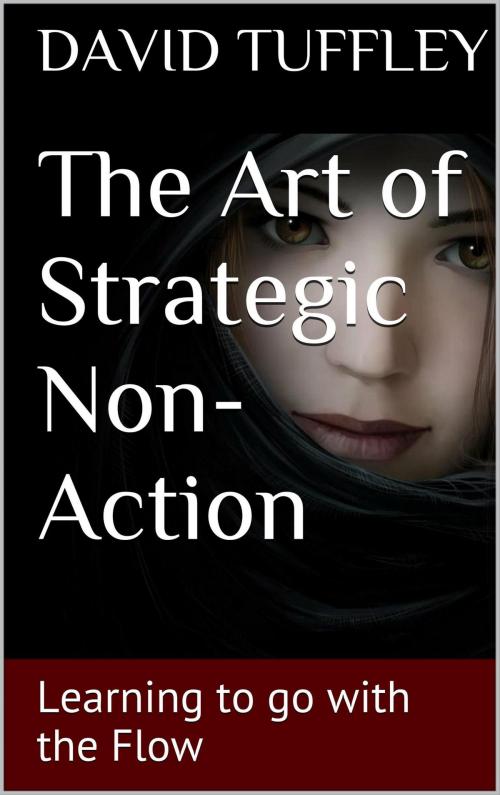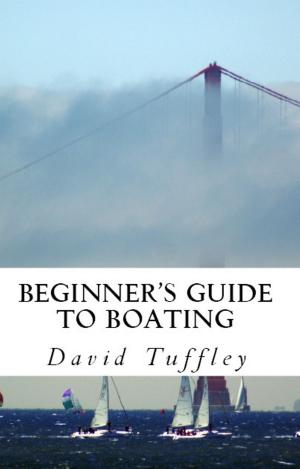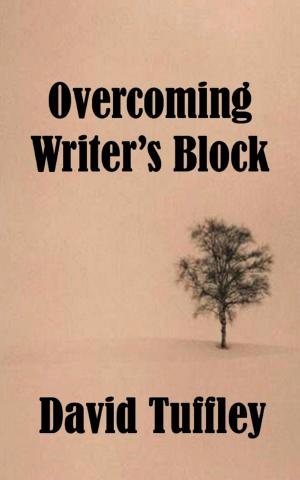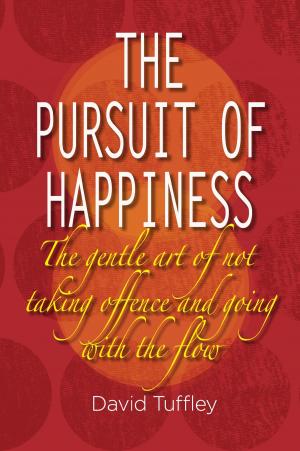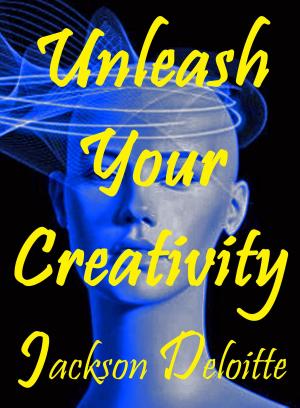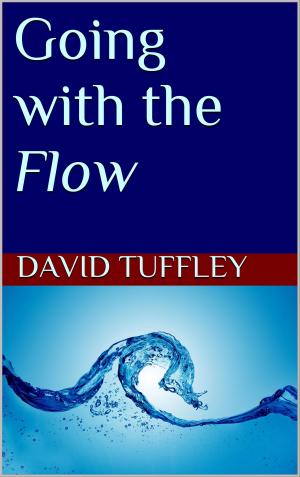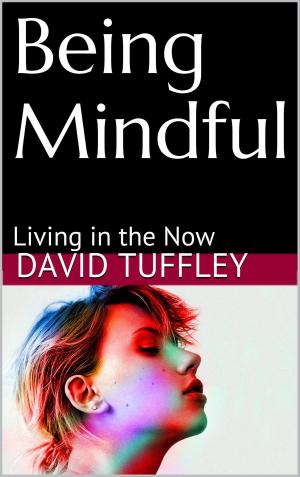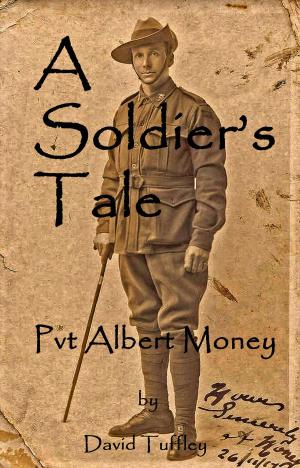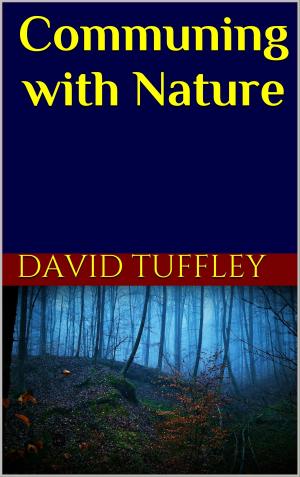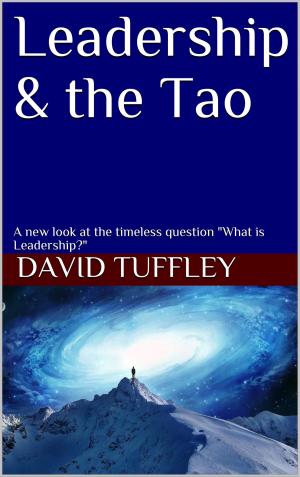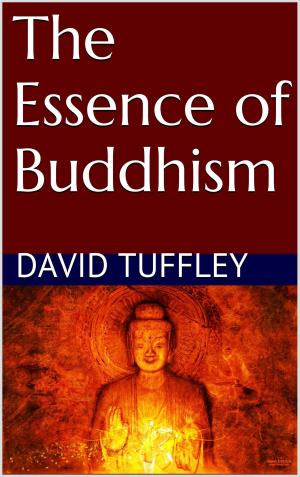The Art of Strategic Non-Action: Learning to go with the Flow
Nonfiction, Reference & Language, Reference, Guides & Handbooks, Health & Well Being, Self Help| Author: | David Tuffley | ISBN: | 9781465863089 |
| Publisher: | Altiora Publications | Publication: | November 10, 2011 |
| Imprint: | Smashwords Edition | Language: | English |
| Author: | David Tuffley |
| ISBN: | 9781465863089 |
| Publisher: | Altiora Publications |
| Publication: | November 10, 2011 |
| Imprint: | Smashwords Edition |
| Language: | English |
Strategic non-action is a powerful yet under-rated method of influencing worldly affairs. In cultures where action is favoured over inaction, like in many western countries, direct action is considered a virtue while inaction is little more than laziness or cowardice. Let us be more subtle and nuanced in our understanding. There is a time for both action and inaction.
Non-action gives access to a deeper intuitive awareness than that gained through action, since knowledge that comes through action is obscured by situation-specific reactions.
Non-action can be understood as an aspect of going with the flow, not resisting the larger forces that govern a world of which you are a small part. Non-action acknowledges that events are governed by the laws of Nature, and it is often best to simply allow those laws to operate and play out in their own time, in their own way. Taking action often amounts to interference which creates its own problems.
Non-action can help us towards our goals by encouraging patience and taking the long-view. Humanistic Psychology says that it is within our reach to create the life we want for ourselves. As we think and believe, so we create our world. This is indeed true, but only up to a point. We can transform our lives in goal fulfilling ways, but the transformation is relatively slow, its progress measured in months and years.
We know that for every action there is an equal and opposite reaction; at least we know this is true in Physics if we did not sleep through that class in school.
Less recognised is the truth of Newton’s Third Law of Physics in human affairs. Just as in the world of inanimate objects, when we do things to people, we get a reaction. This then causes its own reaction, and a pendulum-like cycle is set up. Think of how people and tribes get into feuds with each other. Strategic non-action recognises the danger of this pattern of behavior and offers the only means of avoiding it.
Non-action gives others nothing to react against. The ideas in this book derive from the ancient Chinese concept of Wu Wei, as expressed in Lao Tzu’s classic Tao Te Ching*. First published around 2,500 years ago, it is probably the oldest book still in print, a testimony to the force of its message.
Wu Wei literally means without effort. It describes natural action that occurs without contrivance or effort. It simply happens. Think of how plants and animals grow, rivers flow and planets orbit. No-one makes them do this, it just happens without effort or control in accordance with the laws of Nature. Such action is what we should strive for, while avoiding the kind of action that causes counter-reactions.
Strategic non-action is a powerful yet under-rated method of influencing worldly affairs. In cultures where action is favoured over inaction, like in many western countries, direct action is considered a virtue while inaction is little more than laziness or cowardice. Let us be more subtle and nuanced in our understanding. There is a time for both action and inaction.
Non-action gives access to a deeper intuitive awareness than that gained through action, since knowledge that comes through action is obscured by situation-specific reactions.
Non-action can be understood as an aspect of going with the flow, not resisting the larger forces that govern a world of which you are a small part. Non-action acknowledges that events are governed by the laws of Nature, and it is often best to simply allow those laws to operate and play out in their own time, in their own way. Taking action often amounts to interference which creates its own problems.
Non-action can help us towards our goals by encouraging patience and taking the long-view. Humanistic Psychology says that it is within our reach to create the life we want for ourselves. As we think and believe, so we create our world. This is indeed true, but only up to a point. We can transform our lives in goal fulfilling ways, but the transformation is relatively slow, its progress measured in months and years.
We know that for every action there is an equal and opposite reaction; at least we know this is true in Physics if we did not sleep through that class in school.
Less recognised is the truth of Newton’s Third Law of Physics in human affairs. Just as in the world of inanimate objects, when we do things to people, we get a reaction. This then causes its own reaction, and a pendulum-like cycle is set up. Think of how people and tribes get into feuds with each other. Strategic non-action recognises the danger of this pattern of behavior and offers the only means of avoiding it.
Non-action gives others nothing to react against. The ideas in this book derive from the ancient Chinese concept of Wu Wei, as expressed in Lao Tzu’s classic Tao Te Ching*. First published around 2,500 years ago, it is probably the oldest book still in print, a testimony to the force of its message.
Wu Wei literally means without effort. It describes natural action that occurs without contrivance or effort. It simply happens. Think of how plants and animals grow, rivers flow and planets orbit. No-one makes them do this, it just happens without effort or control in accordance with the laws of Nature. Such action is what we should strive for, while avoiding the kind of action that causes counter-reactions.
